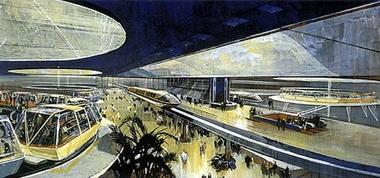
CHUCK SCHMIDT / Still Goofy about Disney
AllEars.net Guest Blogger
In early 1956, several months after E. Cardon Walker hired Marty Sklar to produce The Disneyland News, Card was named vice president of advertising and sales for Walt Disney Productions, getting the word out such films as 20,000 Leagues Under the Sea.
The promotion was the start of a meteoric rise up the company ladder for Card who, like Marty, was a graduate of UCLA. In what seemed like rapid succession, Card was appointed to the company’s Board of Directors in 1960. In 1965, he was named vice president of marketing, then executive vice president of operations in 1967, and executive vice president and chief operating officer in 1968. In 1971, he became company president. Five years later, he was named Disney’s chief executive officer.
During his tenure as a top executive in the Disney corporate ranks, Card not only oversaw the creation of Epcot, but Tokyo Disneyland and The Disney Channel as well, providing a steady hand at a time when the company was still trying to find its way after the deaths of Walt Disney and his brother Roy.
With the success of The Disneyland News on his resume, Marty Sklar returned to UCLA in the fall of 1955 to complete his studies. After graduation in 1956, Marty accepted a position in Disneyland’s publicity department, working with the likes of future Disney Legends Eddie Meck, Jack Lindquist and Milt Albright. Marty and his PR cohorts dreamed up a number of noteworthy initiatives, including Vacationland Magazine, all of which made great strides in promoting the park because, as Marty put it years later, “Disneyland wasn’t a slam dunk during those first few years.”
During the late 1950s and early 1960s, Marty’s relationship with Card Walker remained strong.
“I had the good fortune to come out of a group that reported to Card at Disneyland,” Marty said, “and I stayed very close to him over the years. Even after I had gone to WED [WED Enterprises was the forerunner of Walt Disney Imagineering] in 1961 to work on the New York World’s Fair, I still did a lot of writing for publicity and marketing. I also was responsible for the annual report. Card kept me close to him all that time.
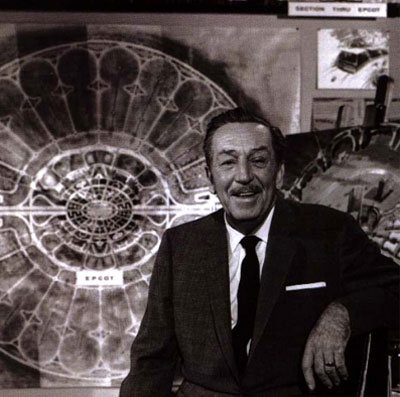
“To have somebody in that position trust you so much to continue to promote me, if you will, talk me up with Walt and other executives in the company, was quite an honor. And he knew I had written all that material for Walt for Epcot, of course.”
Marty was responsible for writing the script for what became known as The Epcot Film. In it, Walt presented, in meticulous detail, his vision for the Experimental Prototype Community of Tomorrow … a city of the future that was the heart and soul of Disney’s planned move to central Florida. Included with the film were concept drawings, many by artist Herb Ryman, a Disney Legend. Many of Ryman’s renderings depicted a futuristic metropolis featuring monorails, PeopleMovers and a dome encasing the entire complex.
Filming of The Epcot Film took place in October of 1966; Walt Disney died just two months later, leaving the company he had founded and nurtured for decades in a lurch. With plans already in motion for the move to Florida at the time of Walt’s death, Epcot was put on hold and the company concentrated on opening the world’s first destination resort: A Disneyland-style theme park, on-property hotels and expansive recreational facilities.
Questions persisted about Epcot
After Walt died, “we continued to get questions about Epcot,” Marty said, particularly from those people who had seen the early concept drawings. “After Roy [Walt’s brother, who took over as company leader after Walt’s passing] died in December of 1971, Card and Donn Tatum took up the mantel. I really think Card felt he had a debt to pay to Walt and he had to fulfill that debt as chairman of the company.”
In May of 1974, Card Walker took Marty Sklar aside and asked him one of the most important questions of his career: “What are we gonna do about Epcot?”
Walt’s original concept for Epcot, to create a city of the future where residents would live and work and where news ideas and systems would be introduced, was problematic, if next to impossible to bring to reality, at least without Walt Disney’s guidance. “We knew we couldn’t experiment with people’s lives,” Card said. “You couldn’t have spectators peeking in people’s kitchen windows.”
Still, the Disney company was committed to building something on the property that reflected and fulfilled Walt’s dreams of a great, big beautiful tomorrow.
“In a real sense, the concept of Epcot has been unfolding from the very beginning,” Card said. “From the outset of planning and through the design, construction and installation stages of Walt Disney World, Epcot has been the ultimate goal.”
According to Marty, “Card made a number of different speeches about ideas for Epcot. These speeches evolved into his vision of the project.

“I have a photo in my office of president Jimmy Carter in 1976 at the International Chamber of Commerce conference at the Contemporary. President Carter spoke to the conference. We brought all the work we had done to that point and put it in a ballroom at the Contemporary. We invited President Carter to come see, as well as leaders from all over the world.”
The photo shows Card Walker talking to President Carter, with First Lady Rosalynn Carter to their right and Marty Sklar standing in the background. Donn Tatum is behind Mrs. Carter.
“Card really felt indebted to Walt for his whole career. This [Epcot] was Walt’s big dream. He made a number of different speeches around the country,” trying to get as many corporate leaders on board. “He was a good salesman. For example, The Living Seas pavilion. It wasn’t part of the pavilions on opening day. It came about when Card was playing golf with Harry Gray, the CEO of United Technologies. [The Living Seas, now known as The Seas with Nemo and Friends, opened in 1986, four years after Epcot’s opening.]
“Walt always said that no one company can do this [Epcot] by itself,” Marty added. “Participation by the country’s major companies was the key” to bringing Epcot to life.
One of Marty’s chief responsibilities at the outset was to help bring as many of those companies on board as possible. “It was the start of eight incredible years of trying to figure out just what to do.”
Next time: The long and winding road leading to Epcot’s opening day.


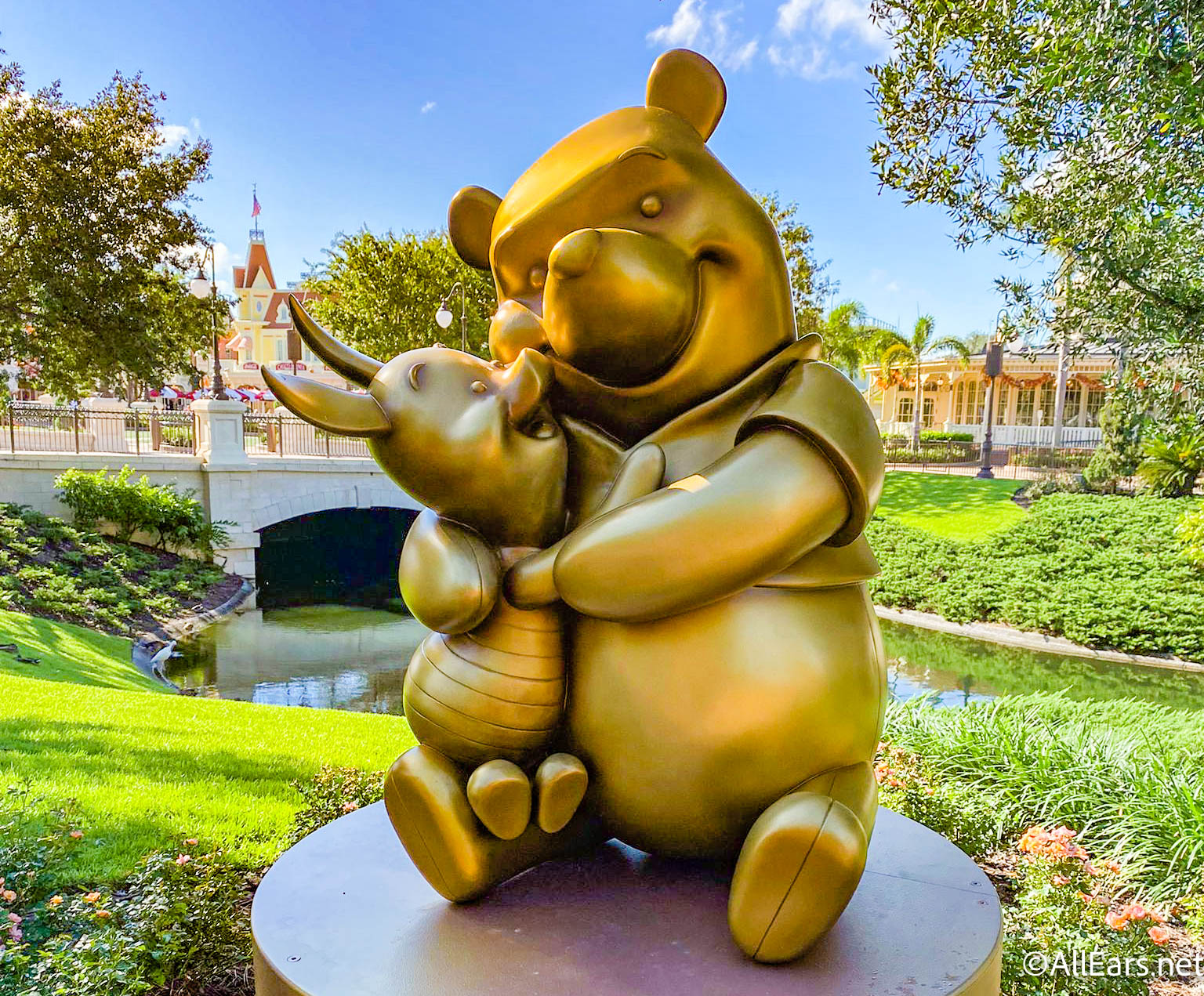
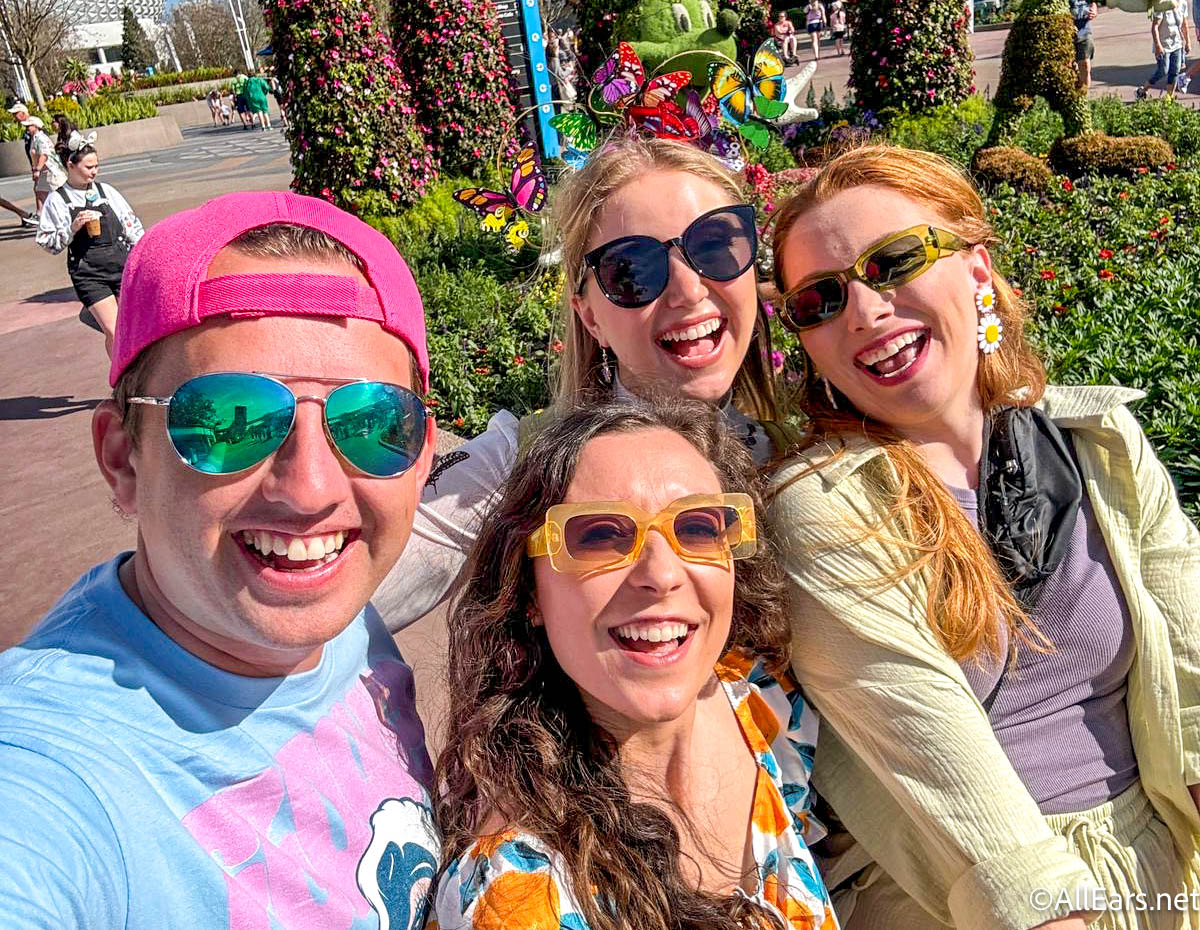


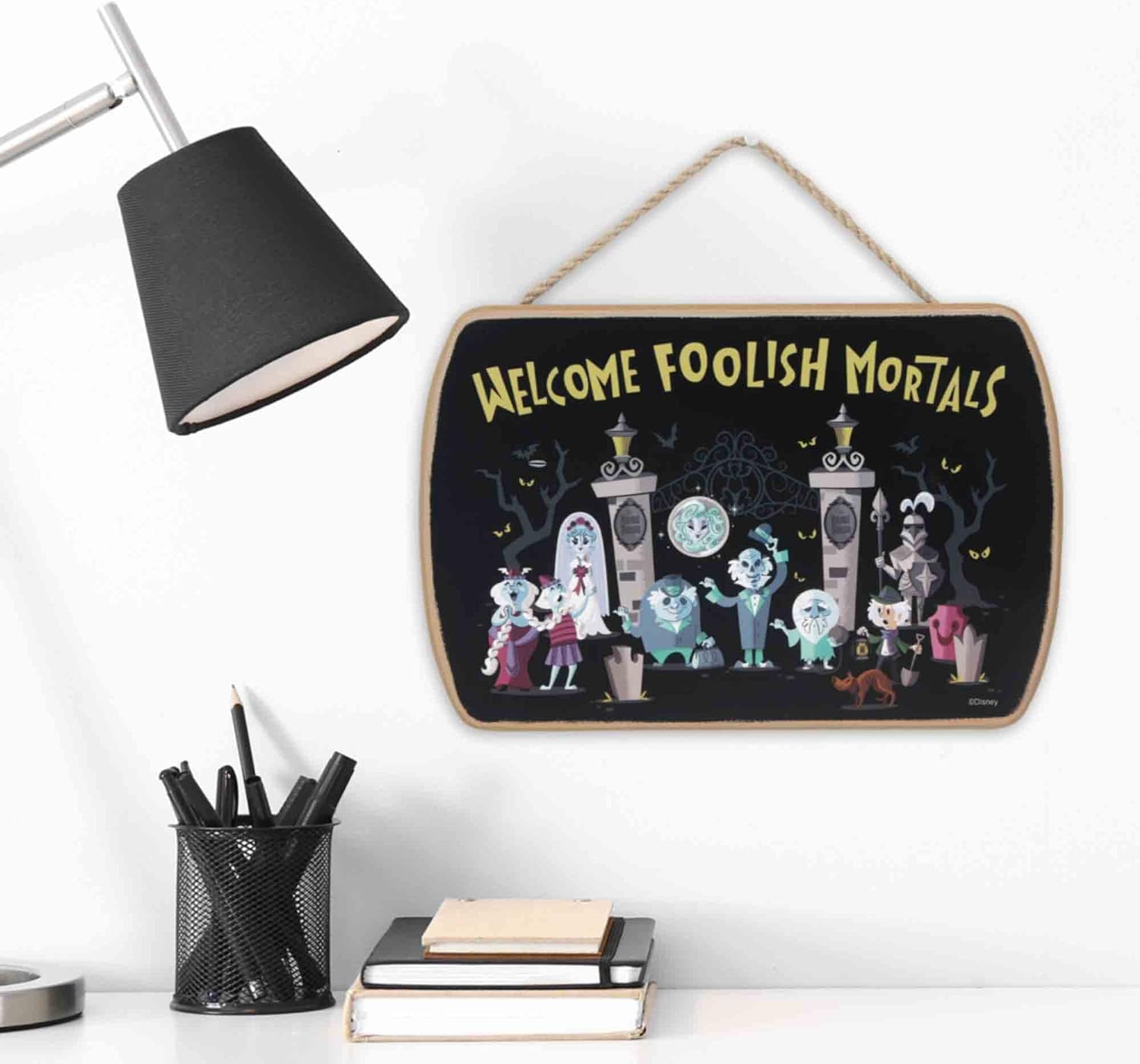


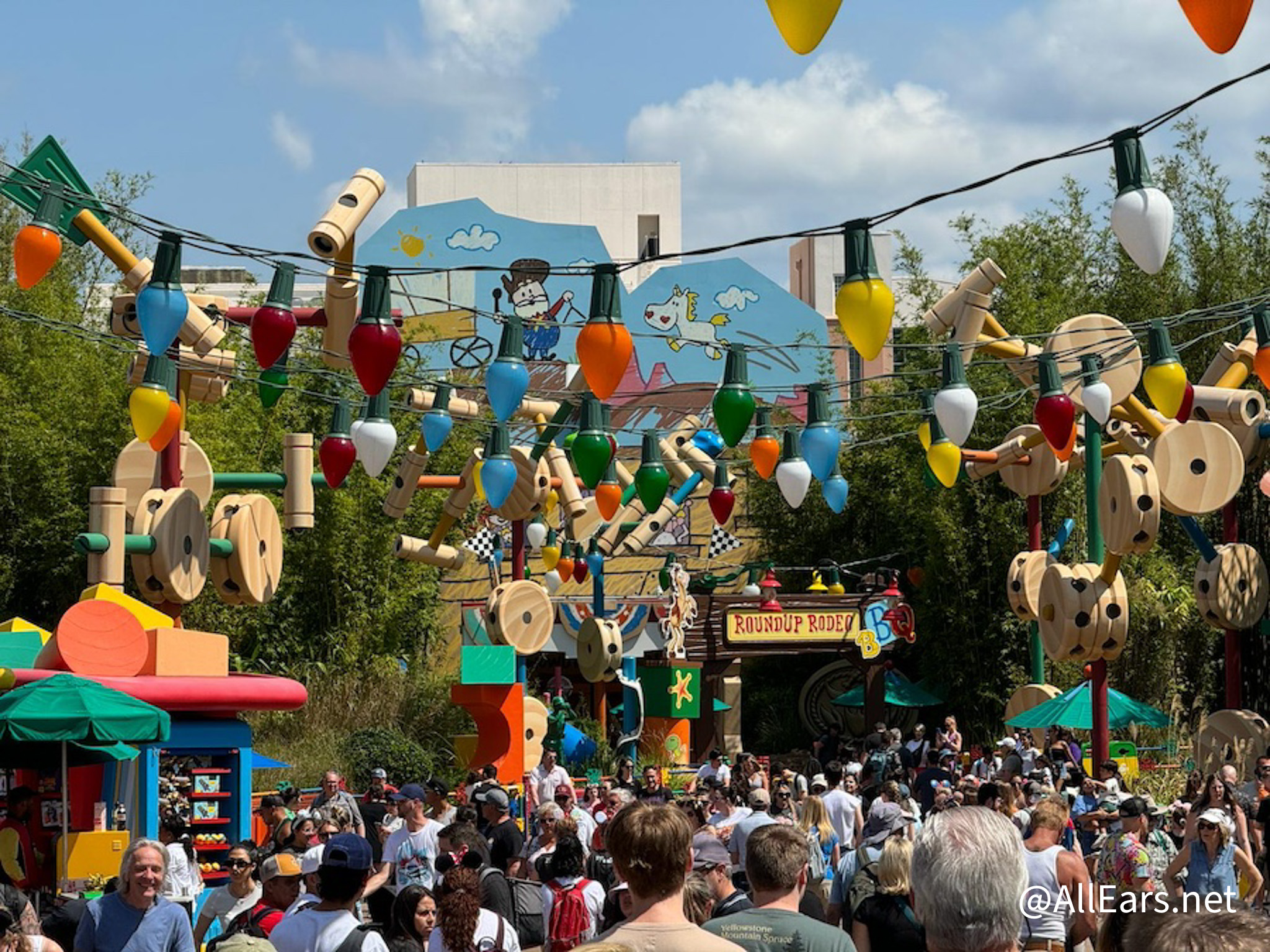

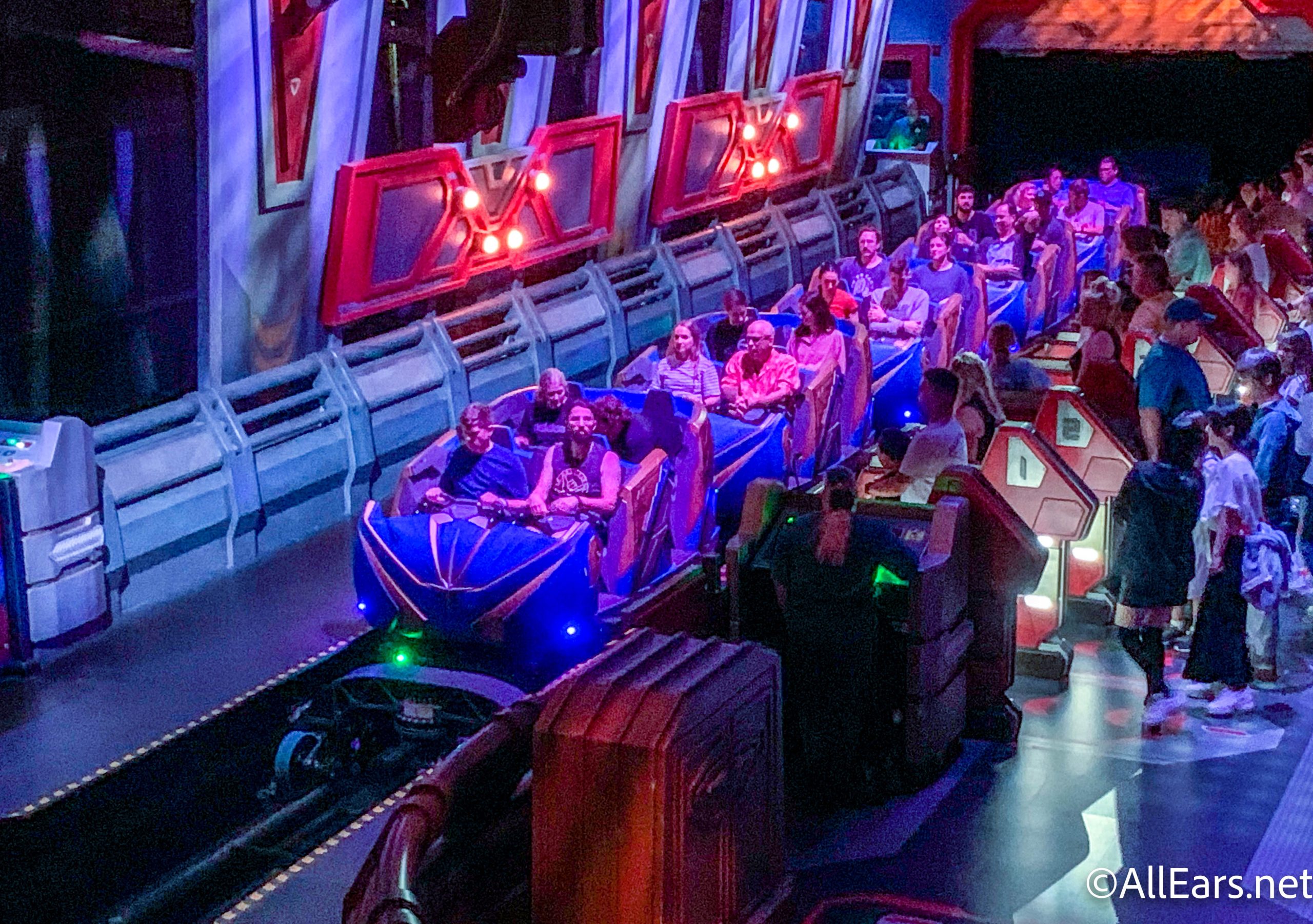


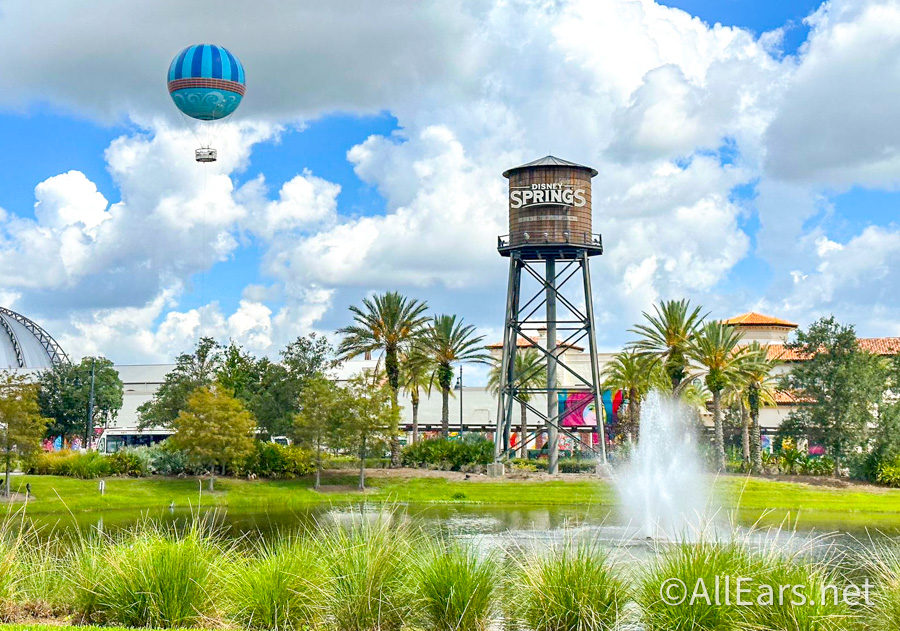
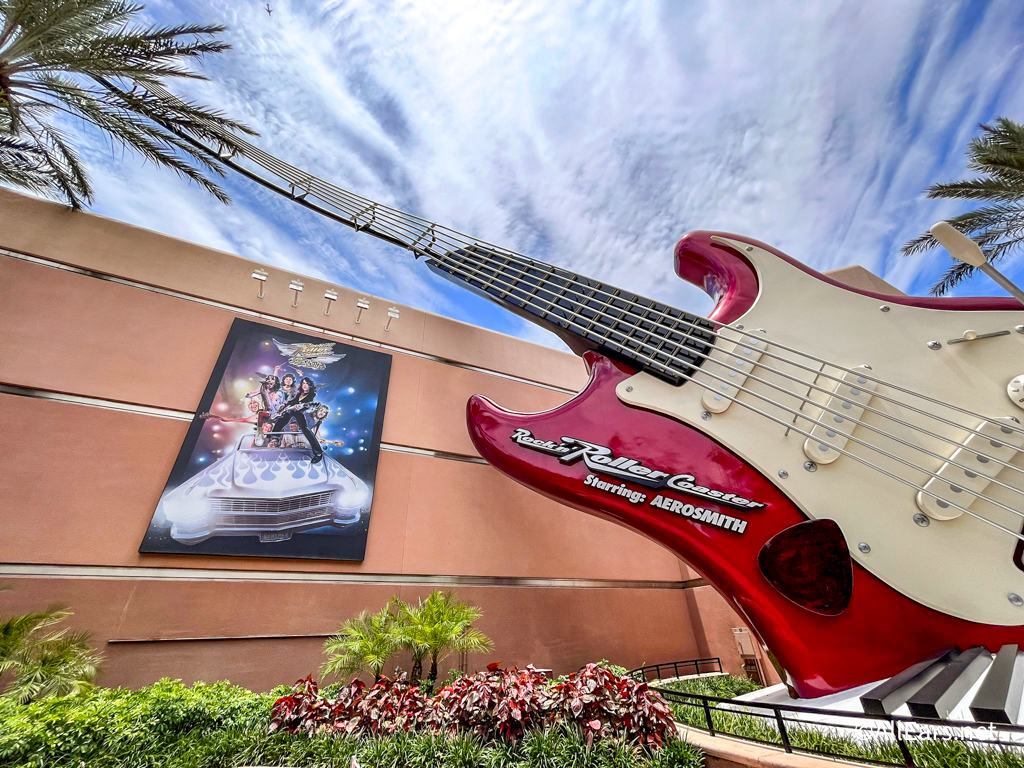


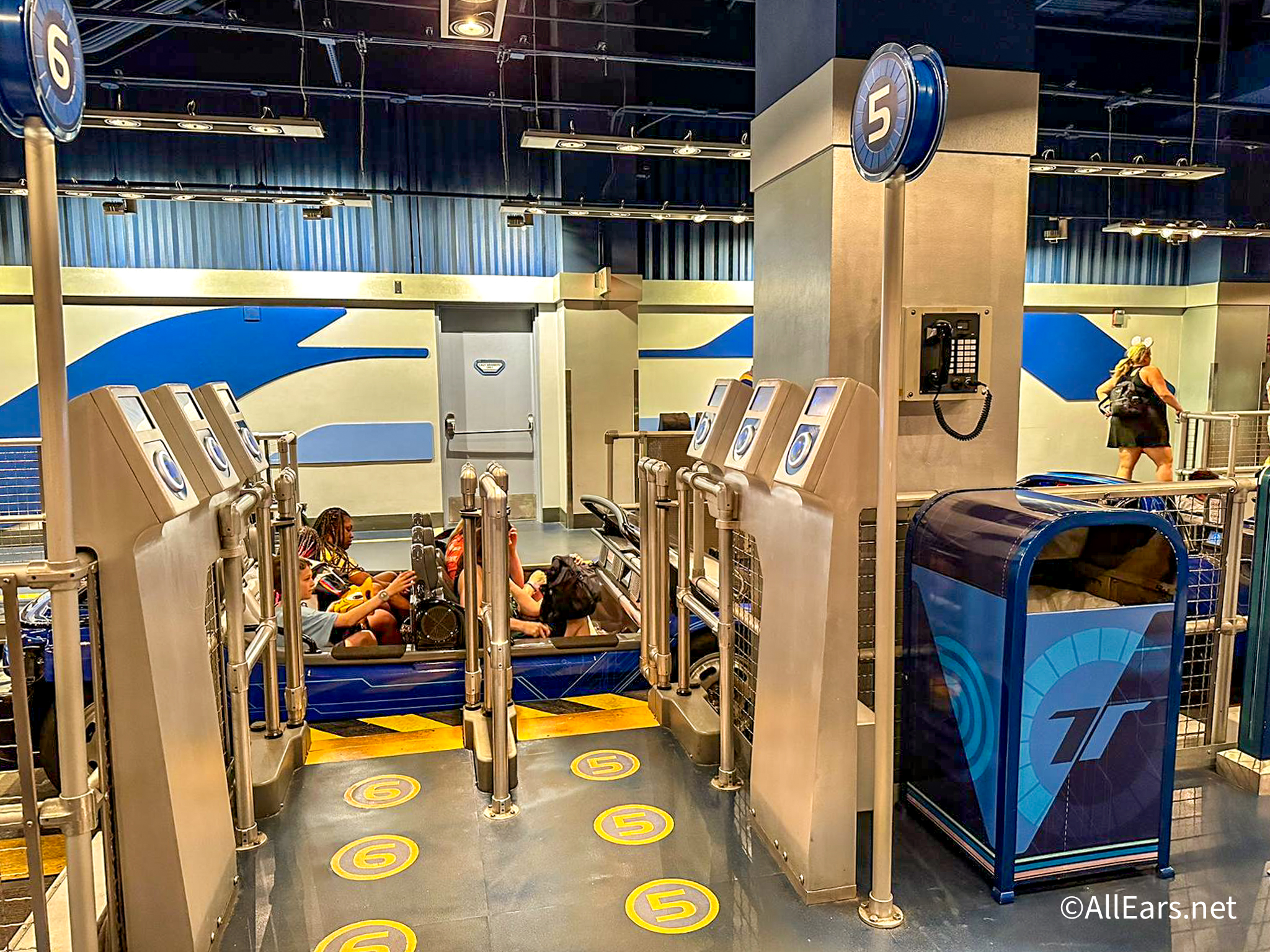




Trending Now
We bet we'll be seeing a LOT of people in these new Amazon shirts in...
Join us on YouTube this Saturday morning for a LIVE premiere of the AllEars Team...
We found your perfect Hollywood Studios tee.
An iconic EPCOT ride got a bit of a refresh recently!
Here are some Disney household items on sale right now from Amazon!
Full look at treats and snacks coming to the Disney Parks for Asian American and...
Welcome a new store to Disney Springs with us!
Hollywood Studios was sold out... AND WE WERE THERE.
Disney CRISLU jewelry is trending right now and we totally see why!
If you're planning to get a Virtual Queue in Disney World for your next vacation,...
What kind of Magic Kingdom fan are you?
Debates over public transportation are on-going in Florida.
A new backstage tour is coming to Disney World soon!
Disney World has revealed the opening timeline for the Rock 'n' Roller Coaster refurbishment.
From time to time, rides and attractions are taken out of production temporarily for various...
There is a bathroom trend picking up steam in Disney World, and we are on...
A ride set to get reimagined was closed TWICE yesterday.
Fill in the missing words to find out how well you know the Pirates of...
Immerse yourself in the Star Wars universe by eating ALL of the Star Wars food!
A Hollywood Studios attraction is closing for refurbishment in one week!